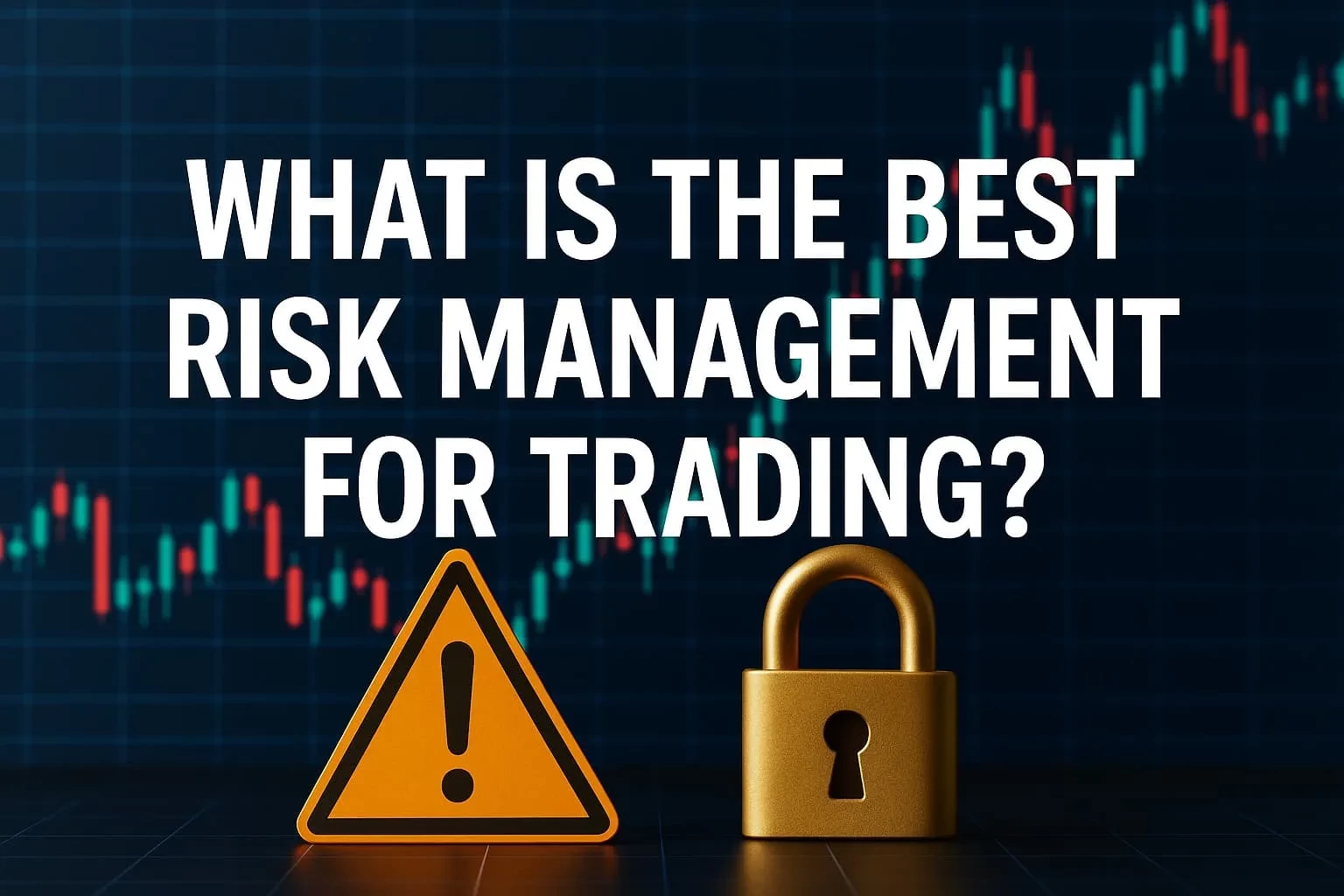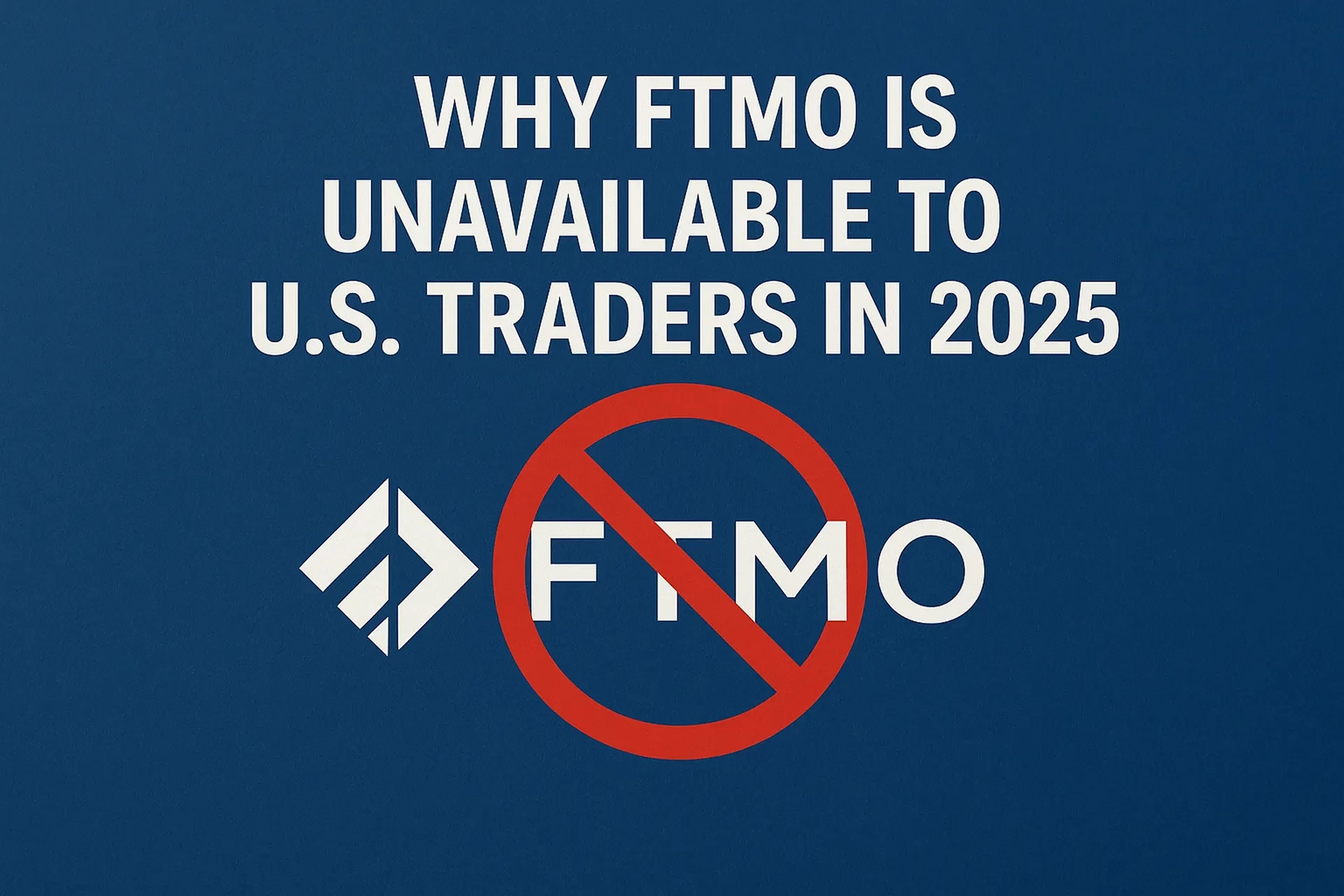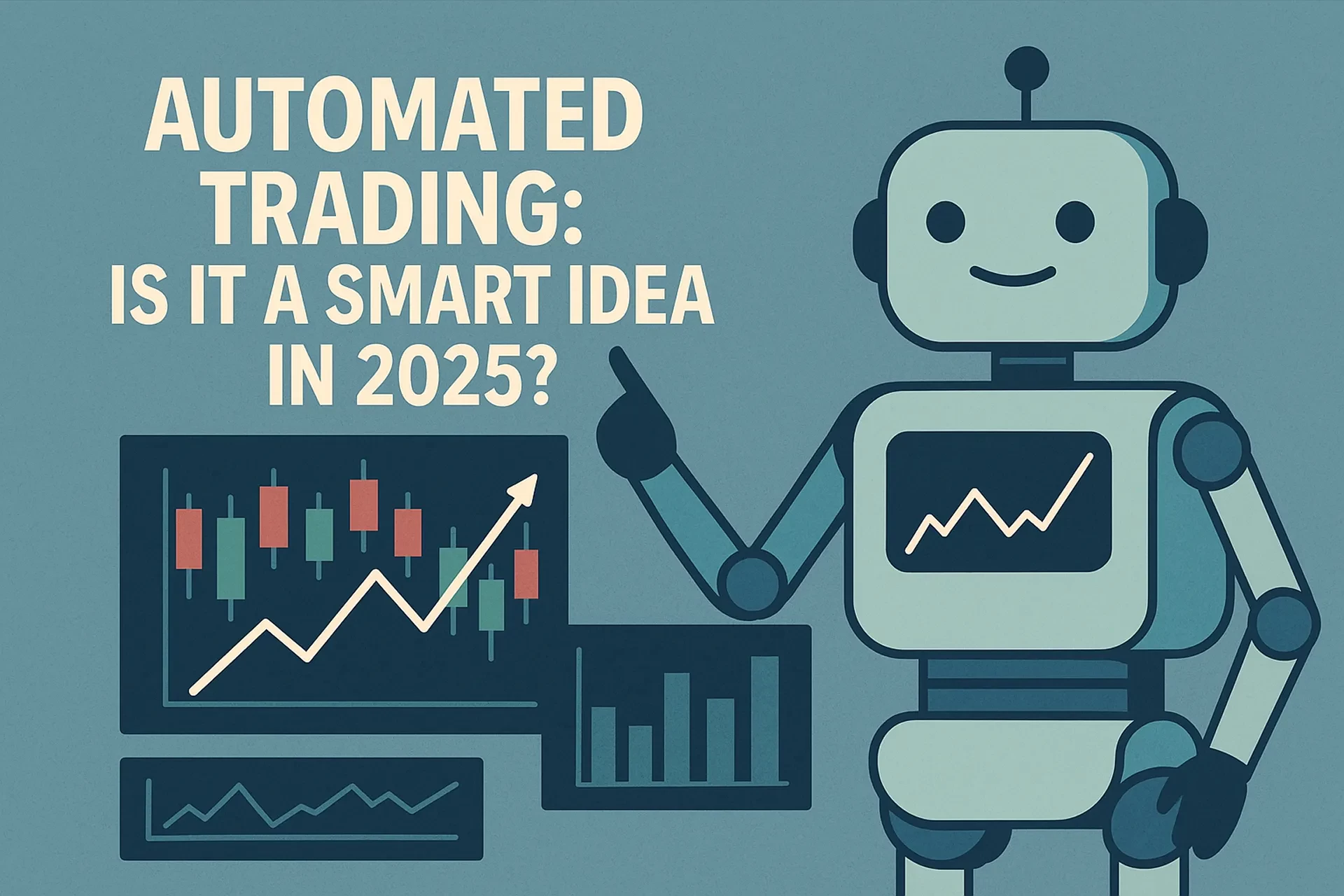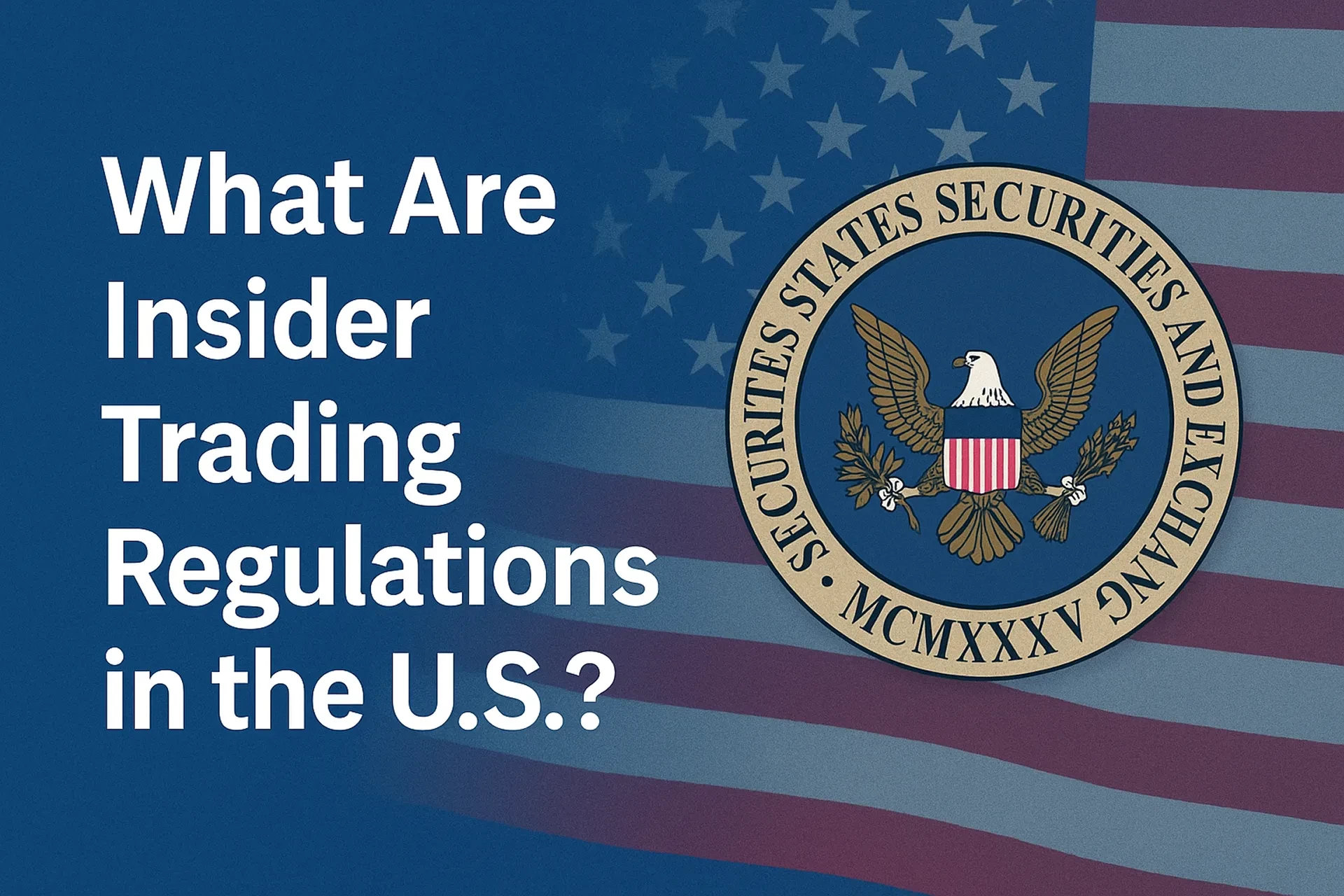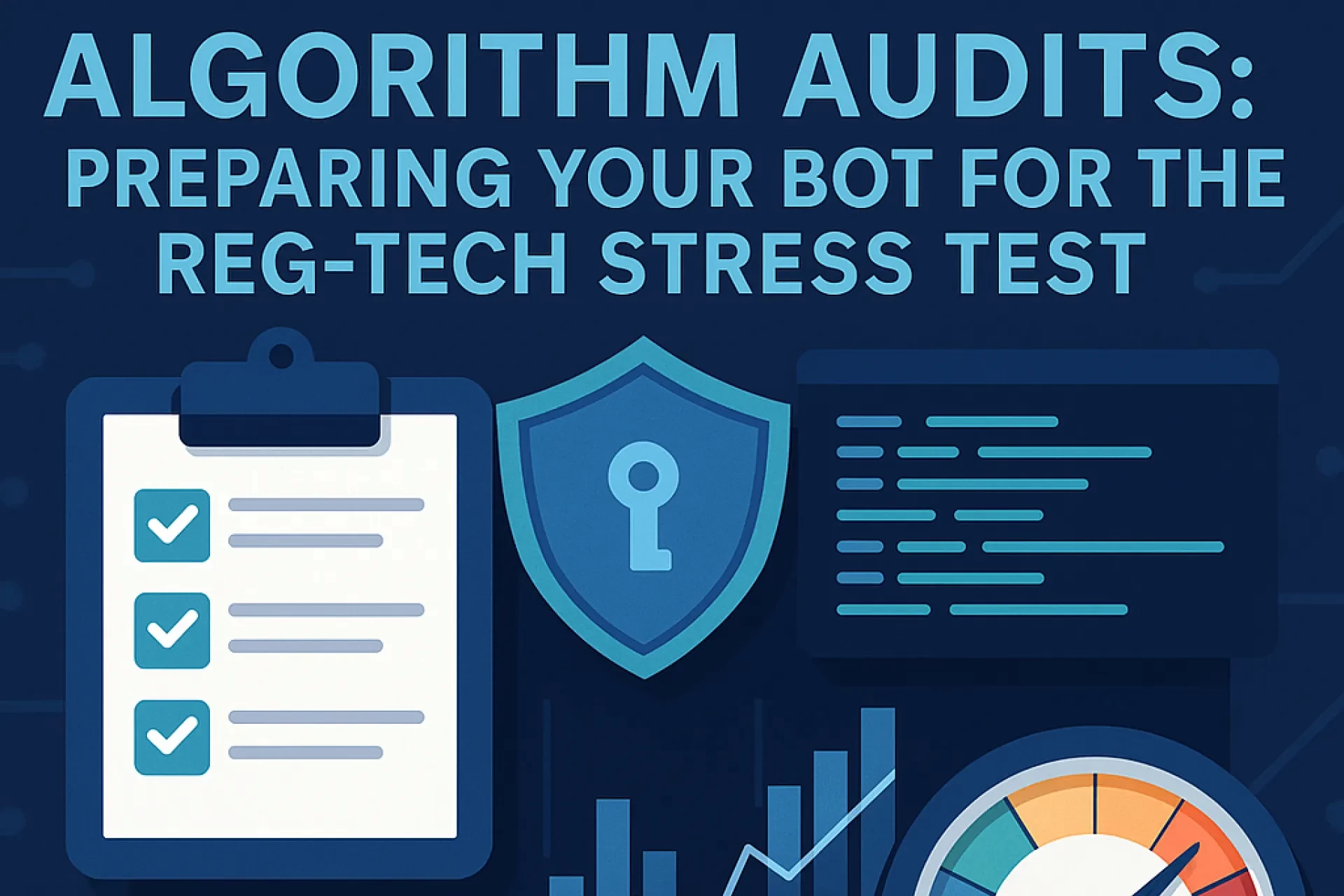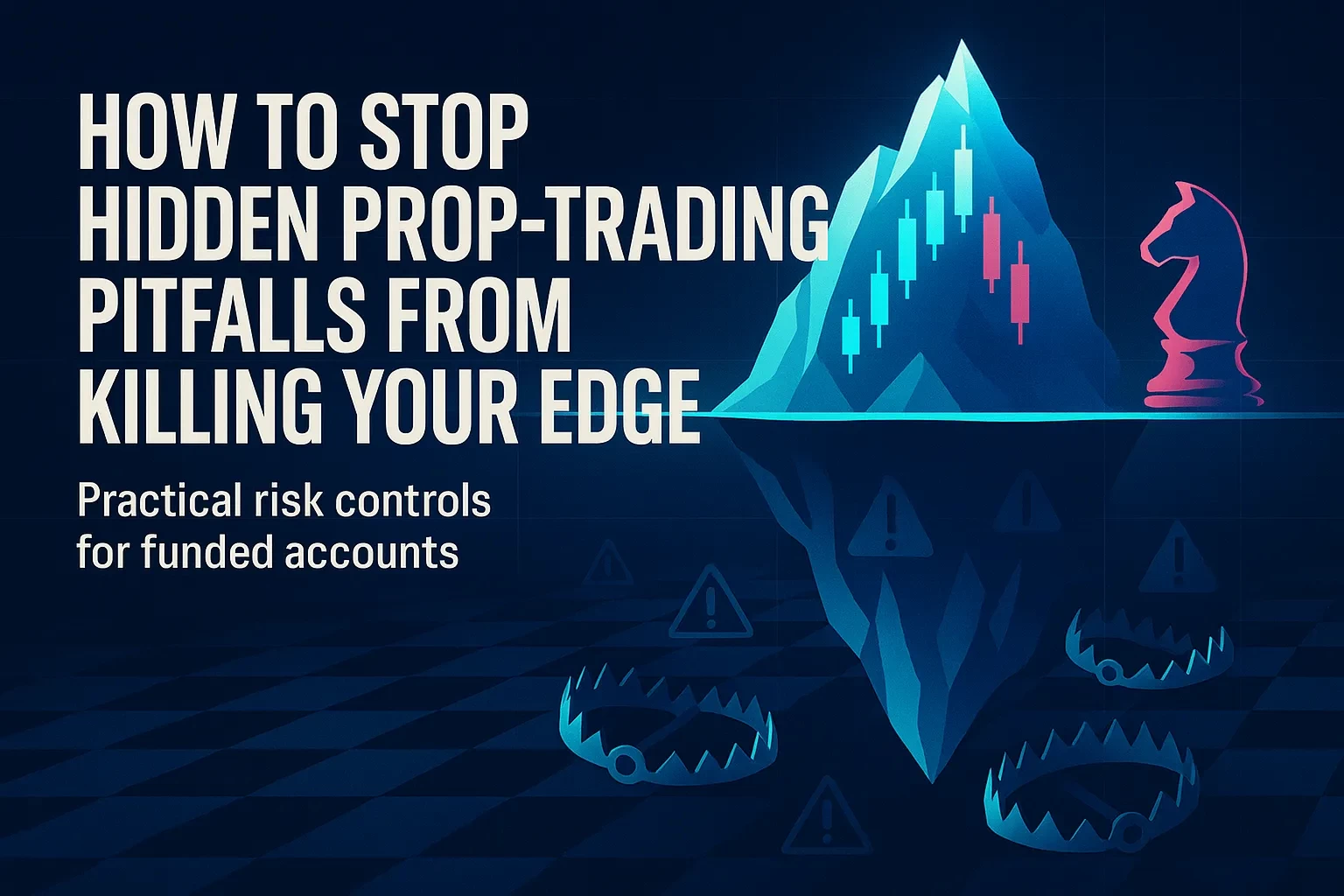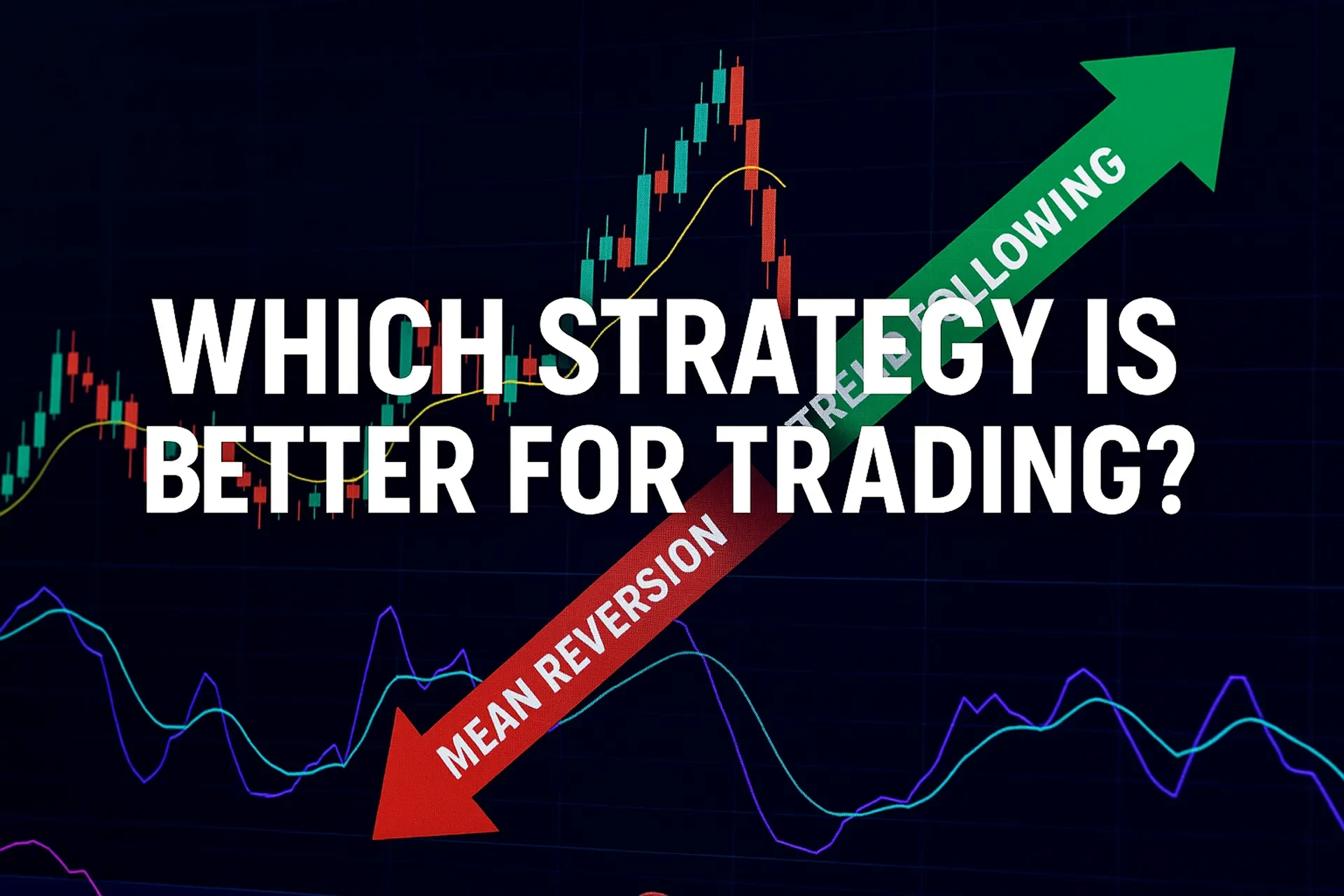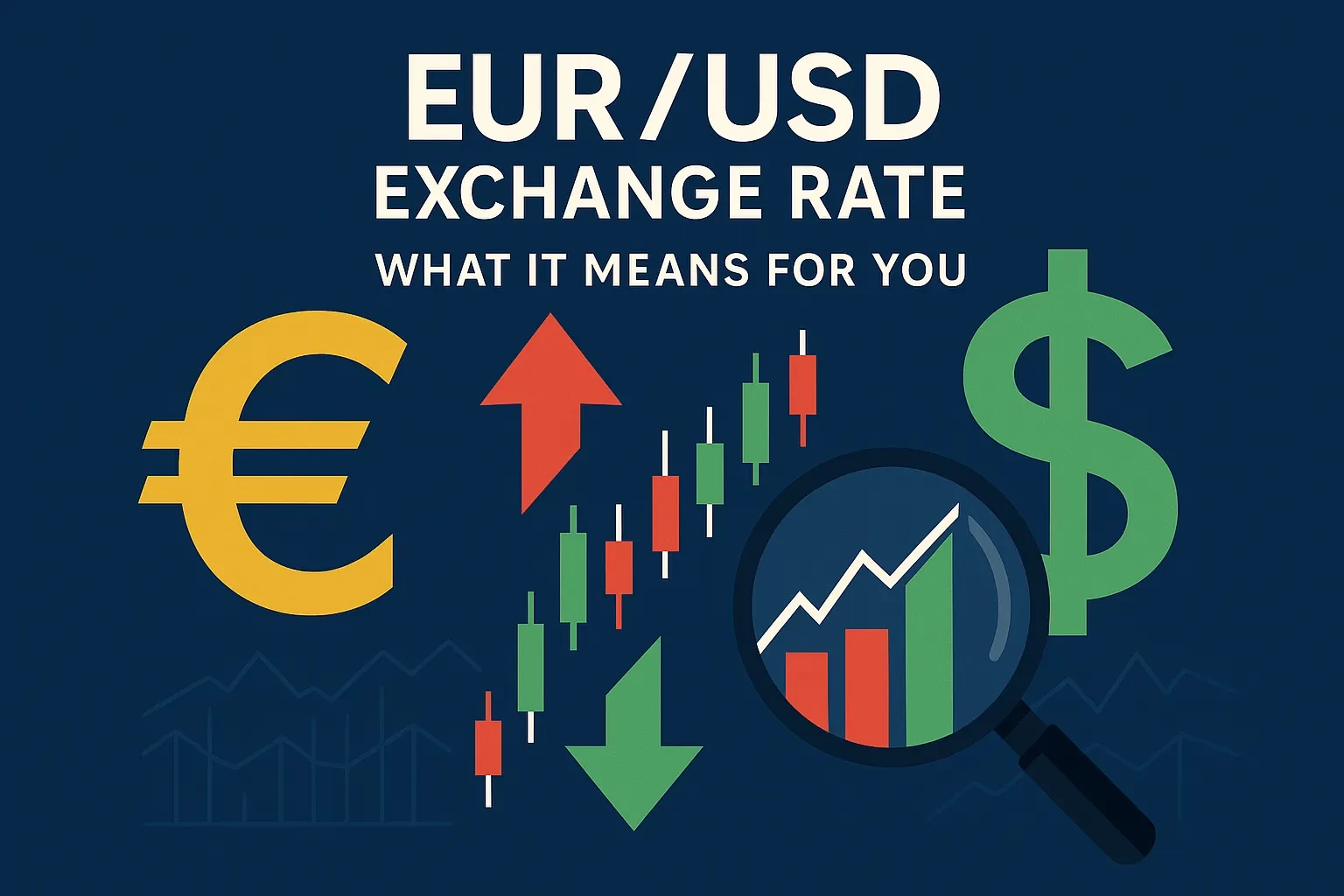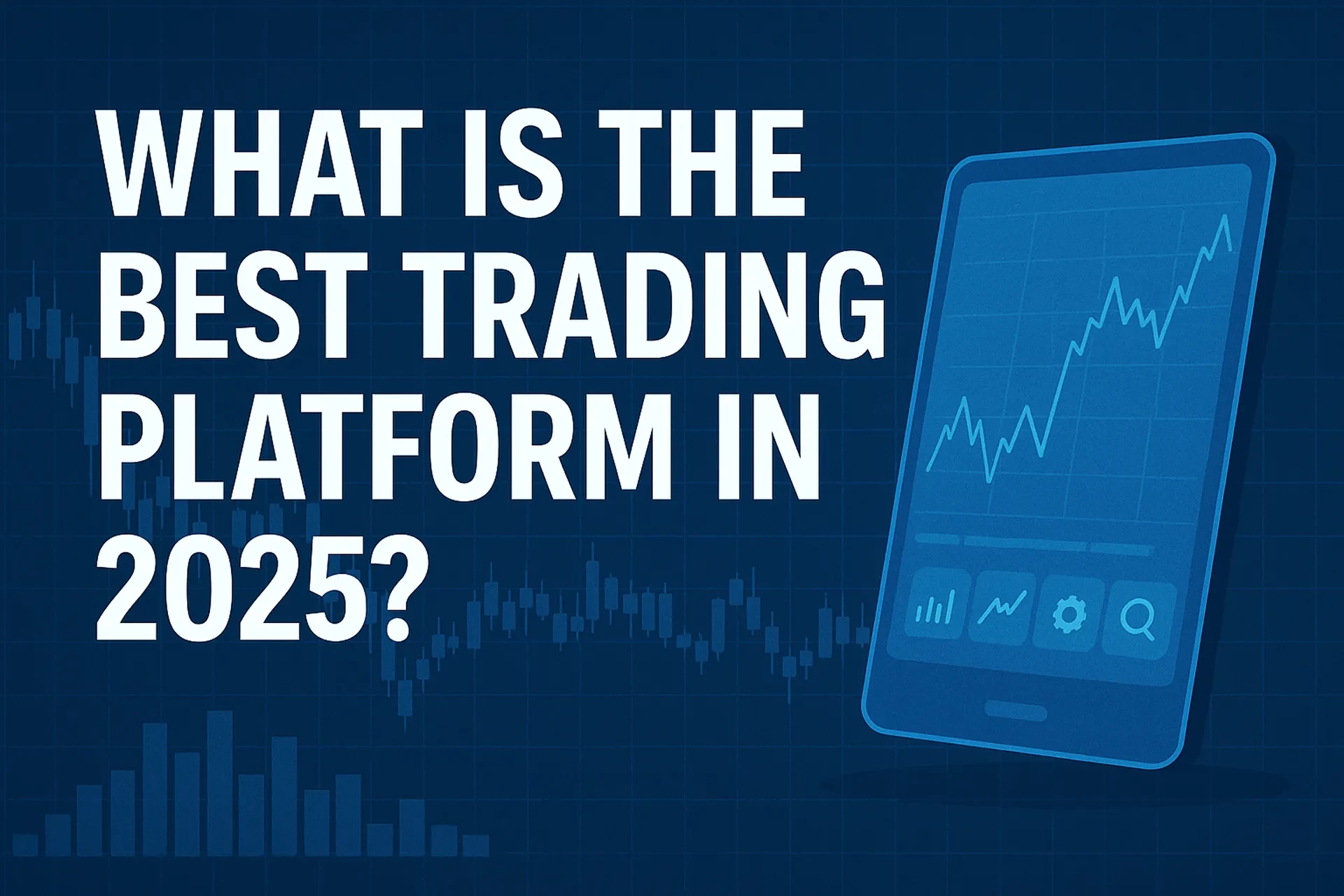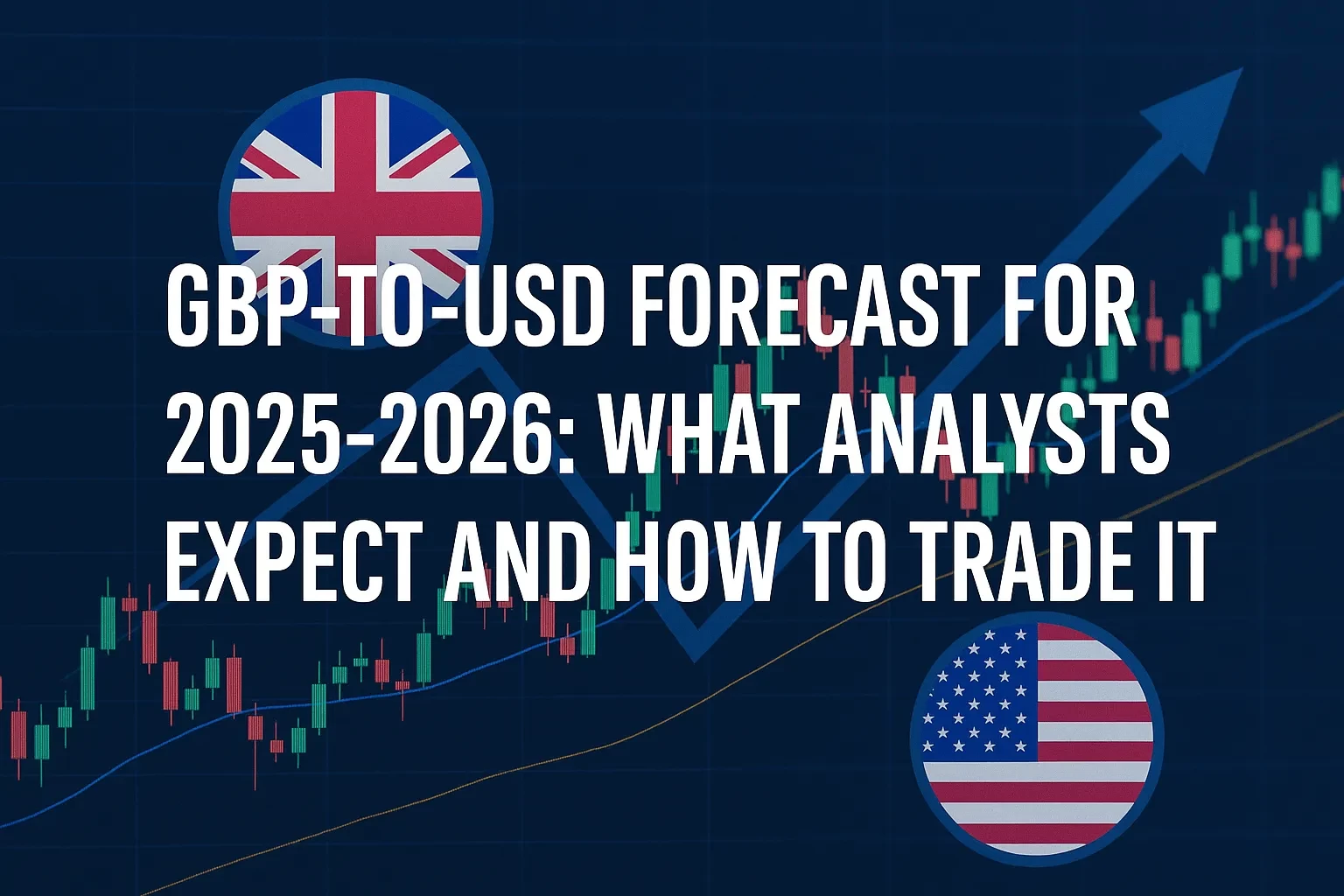Answer up front: Yes—you can upgrade classic momentum scalping for today’s fragmented, fast-twitch markets by combining tight risk controls with small-notional instruments and lightweight AI that classifies regimes, filters noise, and standardizes entries. The edge isn’t prediction; it’s faster, more consistent decision-quality under uncertainty (see compliance notes and risk disclosure below).
Affiliate disclosure: If this article contains outbound affiliate links, assume I may earn a commission at no extra cost to you. Disclosures follow FTC guidance on clear and conspicuous endorsements (FTC, 2024).
Table of Contents
Why this matters now
Scalping thrives on micro-volatility—those bursts of order-flow imbalance and liquidity gaps that move prices a few ticks and then fade. In 2025, micro-vol has become more common around scheduled data drops, options hedging flows, and headline bursts. Transaction sizes are smaller, spreads widen and snap back faster, and depth thins at the inside. That environment punishes hesitation and rewards a structured, rules-first approach.
Two things changed since 2024: (1) retail-sized futures and options continue to deepen, letting you size precisely (CME Micro E-mini suite; MGC for gold) and risk only a few dollars per tick (CME, 2025/2024); and (2) “AI-washing” enforcement made it clear you can’t claim black-box magic—AI belongs in risk-aware workflows, not in promises of guaranteed profits (SEC, 2024a; SEC, 2024b). This playbook brings those realities together.
Definitions & context
• Momentum scalping: Very short-term trades (seconds to minutes) that join a directional burst (breakout/impulse) and exit at the first sign of stall, mean-revert pressure, or predefined target. Position sizing is small; stop-losses are hard; trade frequency is moderate to high.
• Micro-volatility: Sub-5-minute volatility spikes driven by order-book imbalance, options hedging, or news bursts. You’ll see abrupt changes in queue depletion, inside-market depth, and short sweeps through multiple price levels before a pause.
• Small-notional instruments: Contracts like Micro E-mini S&P 500 (MES) or Micro E-mini Nasdaq-100 (MNQ) with multipliers of $5 and $2 per index point respectively, and minimum tick of 0.25 index points (CME, 2025/2025). For gold, E-micro Gold (MGC) represents 10 troy ounces with a $1 minimum tick value (CME, 2024/2025).
• AI augmentation: Narrow models that classify regime (trend/range/event), score quality of an impulse, and enforce consistency (checklists, guardrails). In line with the NIST AI RMF Generative AI Profile (released July 2024), AI is used to assist and standardize, not to guarantee outcomes (NIST, 2024a; 2024b).
• Volatility context: VIX-related research and indices help frame risk; in 2025 Cboe introduced a decomposition framework to explain VIX drivers, underscoring the need to understand vol structure rather than chase it (Cboe, 2025). Treat this as context, not a trade signal.
The M.O.M.E.N.T.U.M. Framework (original): a 7-step loop you can actually run
This is a practical, AI-assisted checklist you can implement with basic charting, a DOM/footprint view, and a lightweight classifier.
1) Map the regime
Use a 5-15 min rolling window and classify each minute into: Trend, Range, or Event. Hand-crafted features (HL break count, slope of VWAP bands, micro-ATR percentile, and realized spread width) are often enough. A simple logistic model or tree-based classifier can label the regime and output a confidence score. Keep it transparent and logged (NIST, 2024a).
2) Observe liquidity + impulse quality
Define an Impulse Quality Score (IQS) (0–100) from: (a) speed of tape (prints per second normalized), (b) best-bid/ask depth asymmetry, (c) number of price levels consumed without pullback, (d) slippage to best fill. Only trade when IQS ≥ your threshold (e.g., 65 in Trend, 75 in Range).
3) Measure volatility in dollars, not vibes
Use a micro-ATR (e.g., ATR(20) on 15-sec bars) and translate into $ risk per contract. For MES, each tick is $1.25; for MNQ, $0.50 (CME, 2025/2025). If your intended stop width is 6 ticks, risk per contract is 6×tick value. That enforces apples-to-apples across instruments.
4) Enter on standardized triggers
Triggers should be dumb-simple: Break-Continuation (price closes above last impulse high with rising IQS) or Pullback-Go (two-bar pullback that holds above impulse anchor; enter on reclaim). Avoid artful lines. Your AI can veto entries that contradict the regime (e.g., Range regime with low IQS).
5) Neutralize with bracket logic
OCO brackets at entry: hard stop (e.g., 1.2× recent micro-ATR) and tiered take-profit (TP1 at +1R, TP2 at +1.5–2R). Never widen stops. If the AI classifier downgrades regime confidence below a floor or IQS collapses, flatten. Consistency > conviction.
6) Tighten risk on the fly
When bid/ask depth re-balances and prints slow, trail to breakeven plus one tick. If slippage > your expected micro-ATR tick value on multiple fills, downgrade instrument or session.
7) Update your playbook
After each session, your AI helper summarizes what worked (time windows, economic events) and what didn’t (slippage clusters, false breaks), citing the exact checklist items that fired. Keep the model explicable and auditable (NIST, 2024a).
Instrument sizing cheat-sheet (one table)
| Instrument | Contract size | Min tick | $ per tick | Why scalpers use it |
|---|---|---|---|---|
| MES (Micro E-mini S&P 500) | $5 × index | 0.25 | $1.25 | Deep liquidity; smoother than MNQ; ideal for first-hour scalps. (CME, 2025) |
| MNQ (Micro E-mini Nasdaq-100) | $2 × index | 0.25 | $0.50 | Faster bursts, tech-heavy; great for momentum continuation. (CME, 2025) |
| MGC (E-micro Gold) | 10 troy oz | $0.10/oz | $1.00 | Acts differently around macro/data; good when equities are choppy. (CME, 2024/2025) |
Takeaway: Small-notional contracts make it feasible to test, learn, and scale with tightly defined per-trade dollar risk. Sources: CME product pages and contract specs. (CME, 2025; CME, 2024)
Step-by-step: building your AI-assisted scalping workflow
• Pick your instrument + session
Start with MES (smoother) and one session (e.g., U.S. cash open).
Confirm contract tick and dollar value so your stops map to real risk (CME, 2025).
• Define “tradeable impulse” objectively
3-minute window where price travels ≥ 1.2× micro-ATR and consumes ≥ 3 price levels with net positive delta.
IQS ≥ 65; spread does not widen abnormally after entry.
• Train a simple regime labeler (no black boxes)
Features: slope of 1-min VWAP bands, % time at bid vs ask, micro-ATR percentile, count of HH/HL or LL/LH breaks.
Output: Trend/Range/Event + confidence. Stick to a small model you can explain (NIST, 2024a/b).
• Encode two entry setups
BC (Break-Continuation): Enter on new 1-min close beyond impulse high; IQS rising; regime=Trend.
PG (Pullback-Go): After impulse, wait two bars pullback that holds above impulse anchor; enter on reclaim.
• Bracket orders from day one
Stop = 1.2× micro-ATR ticks; TP1 = +1R; TP2 = +1.8R; trail to BE+1 after TP1.
Never cancel the stop to “give it room.”
• Session guardrails (compliance-friendly automation)
Max daily loss = 3R; stop trading after 3 consecutive losers.
No trading in the first 30 seconds after major data prints; widen filters around scheduled releases.
• Post-trade AI summary
Auto-generate a one-page session report: setups taken, adherence to rules, slippage vs expected, regime accuracy.
Use the report to remove a setup before “tweaking” it.
Practical example (with math)
• Instrument: MES (tick=$1.25).
• Micro-ATR (15-sec, 20 bars): 6 ticks.
• Impulse: Price pushes 1.5× micro-ATR over 2 minutes with queue depletion on the ask and 4 levels swept; IQS=72; regime=Trend (conf=0.68).
• Plan:
• Entry: Break-Continuation as 1-min bar closes above impulse high.
• Stop: 1.2× micro-ATR = 7.2 ≈ 7 ticks → $8.75/contract.
• Size: Risk budget $35 → size = $35 / $8.75 ≈ 4 contracts.
• Targets: TP1=+1R (7 ticks); TP2=+1.8R (13 ticks).
Outcome (illustrative):
TP1 fills on half (2 contracts) → +$17.50; stop to BE+1.
Price stalls; TP2 hits one bar later → +$32.50 on remaining 2 contracts.
Gross = $50.00; expected slippage/friction budget 1 tick round-turn per contract (≈$5 total) → Net ≈ $45.
This is not a guarantee, just a template for calculating and enforcing dollar-based risk.
Pros, cons & risk management
Pros
• Precision sizing: Small-notional ticks let you risk $5–$20 per idea while you learn (CME, 2025/2024).
• Repeatability: AI checklists increase consistency and reduce FOMO.
• Event flexibility: Futures trade nearly 24 hours; you can avoid equity PDT constraints by using futures rather than stocks or security futures (FINRA, 2024/Rule 4210 context).
Cons
• Slippage clusters: Micro-vol spikes can skip stops.
• Overfitting: Tiny datasets make it easy to “optimize” noise.
• Compliance exposure: Overstating AI capabilities or performance claims is a regulatory risk (SEC, 2024a; 2024b).
Mitigations
• Hard brackets and no stop widening.
• K-fold out-of-sample tests on features, not outcomes; track live-vs-backtest slippage separately.
• Plain-English AI descriptions; keep model cards and change logs (NIST, 2024a).
Common mistakes & expert tips
Mistakes
• Trading every impulse in every regime.
• Ignoring tick economics (tick value × stop width > budget).
• Letting AI output override pre-committed risk rules.
Tips
• Specialize: one instrument, one session, two entries.
• Use regime-specific IQS thresholds (e.g., 65 Trend, 75 Range).
• Treat VIX context and vol decomposition as risk context, not signals (Cboe, 2025; Cboe, 2024).
Compliance & U.S. regulators to know
• CFTC/NFA (futures & retail forex): Risk disclosures for offshore futures/options and customer protections are codified; intermediaries must provide clear risk statements (CFTC, 2024a; 2024b). NFA conducts member oversight and publishes annual reviews and notices relevant to trading practices (NFA, 2024; NFA, 2024 workshop).
• FINRA/SEC (equities, options, security futures): If you day trade stocks/options in a margin account, the pattern day trader rule requires $25,000 minimum equity (FINRA, 2024; Rule 4210). That rule does not apply to CME futures, which are CFTC-regulated.
• AI claims: The SEC brought “AI-washing” cases in 2024; don’t overstate or misrepresent AI in your process or marketing (SEC, 2024a; 2024b; 2024c).
• FTC disclosures: If you use affiliate links, disclose clearly and conspicuously (FTC, 2024).
Risk disclaimer (plain-English)
Trading futures, options, and leveraged products involves substantial risk of loss and is not suitable for every investor. You can lose more than your initial investment. Past performance—live or backtested—does not guarantee future results. AI tools can assist with classification and documentation, but they do not eliminate risk or assure profits. Trade only with money you can afford to lose, and consider consulting a licensed professional. (CFTC/NFA principles; see sources).
AI governance for traders (practical checklist)
• Scope AI to assistive tasks: regime labels, checklist enforcement, post-trade summaries.
• Make it auditable: log inputs/outputs, track feature drift.
• Guard against misuse: prohibit “override risk rule” prompts; require human confirmation for size increases.
• Document: maintain a short model card with training window, features, limitations (NIST, 2024a/b).
• Marketing hygiene: if you talk about your process publicly, describe AI factually—no “guaranteed edge” language (SEC, 2024a).
FAQ
Actionable next steps
• Paper trade MES with the M.O.M.E.N.T.U.M. loop for two weeks; log every trade.
• Implement a tiny AI: regime labeler + IQS; store model card and logs (NIST, 2024a).
• Codify risk: fixed R per trade, OCO brackets, daily loss stop; no exceptions.
• Do a red-team review of your AI claims and disclosures before sharing results publicly (SEC, 2024a/b; FTC, 2024).
• Graduate sizing only after 20+ sessions with rule adherence ≥ 90%.
• Keep learning: Treat VIX research and volatility indices as context for session selection and risk, not as entry signals (Cboe, 2025; 2024).












